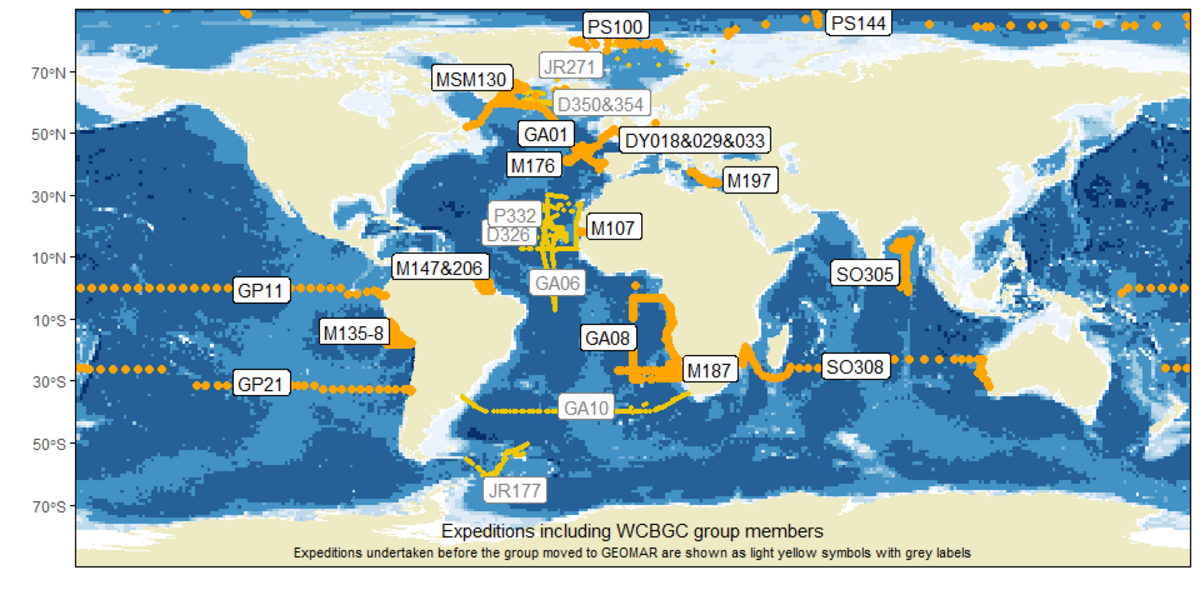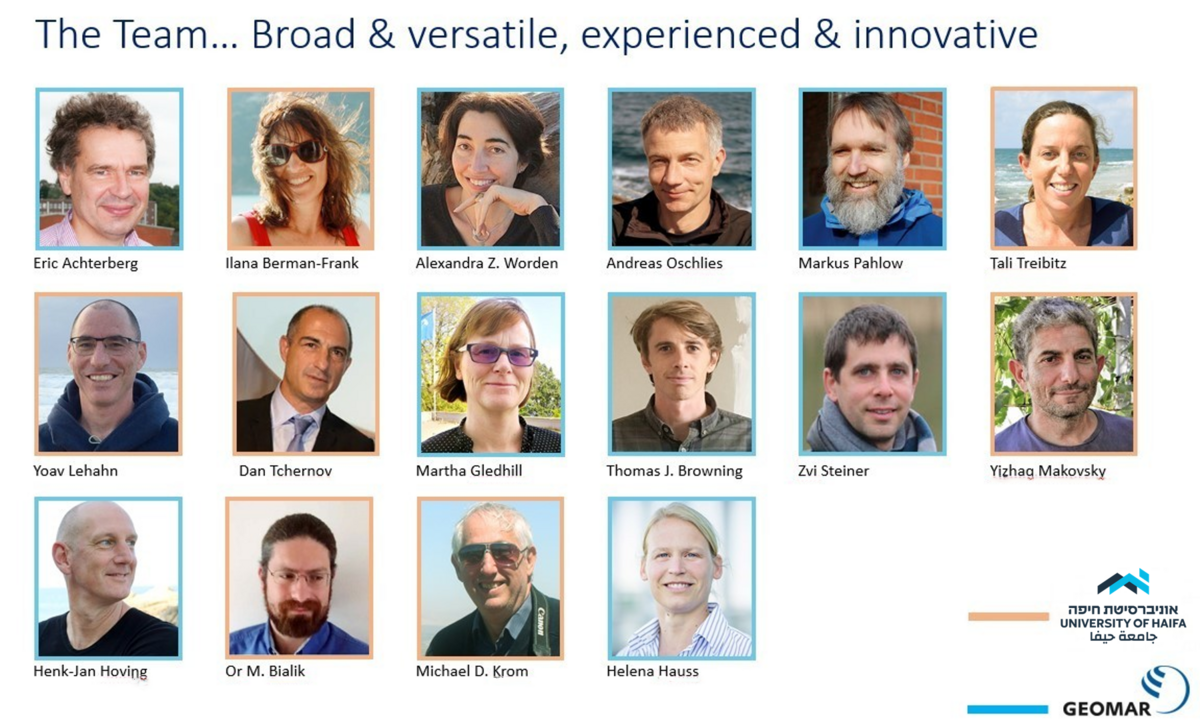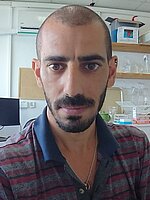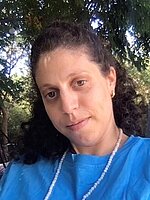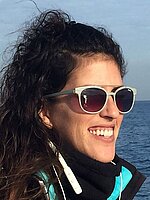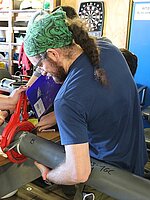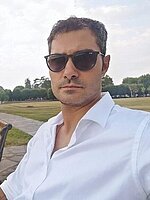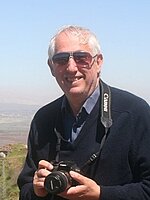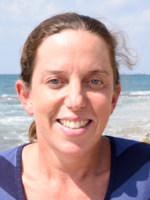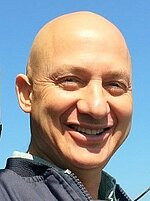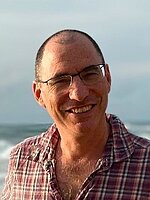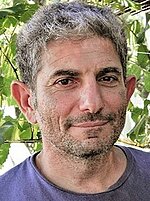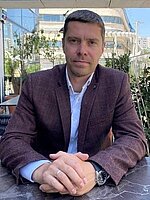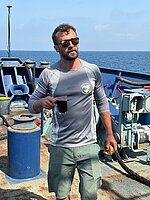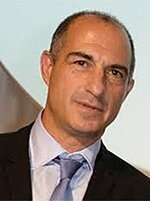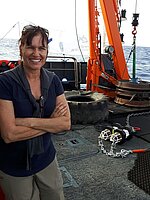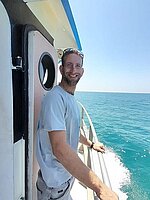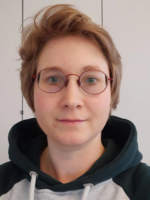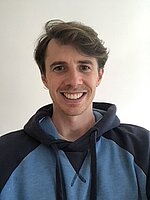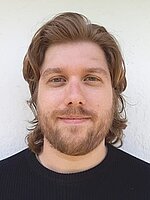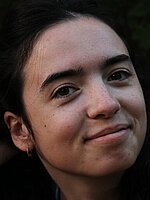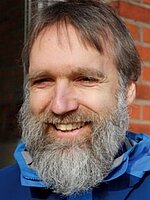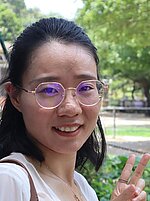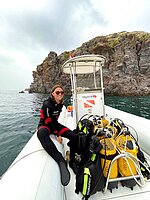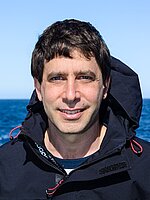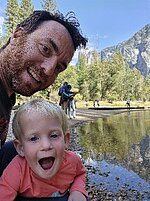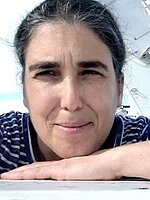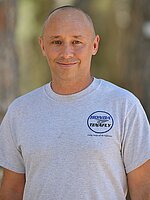Prof. Yizhaq Makovsky is a faculty with a shared position at the Maurice Hatter Department of Marine Technologies (currently residing as the Department’s chair) and the Dr. Moses Strauss Department of Marine Geosciences, and the Head of the Applied Marine Exploration Lab., University of Haifa. He is a marine geoscientist specializing in seafloor active processes, environment and geohazards; the technologies required for such studies; and the full scope of offshore exploration and development geophysics, including 3D imaging and reservoir characterization. His work combines basic and applied scientific research, commercial projects and public activity for knowledge-based sustainable marine development. Prof. Makovsky graduated his BSC (1990) at the Department of Geophysics and Planetary Sciences, Tel Aviv University, and his PHD (1997) at the Department of Geophysics, Stanford University, CA, USA. From 1998 to 2007 Dr. Makovsky worked as a senior consulting geophysicist with Paradigm (now part of Aspentech, one of the leading software companies in the global energy industry), serving worldwide as an on-site global technology transfer, service and support expert in geophysical imaging and reservoir analysis. In 2007 Prof. Makovsky joined Prof. Zvi Ben Avraham in establishing the Charney School of Marine Sciences at the University of Haifa, and became the establishing head of the Department of Marine Geosciences (through 2010). Prof. Makovsky is the University of Haifa representative in the managing committee of the national Israel Mediterranean Sea Research Center (MERCI) consortium. In the recent decade, Prof. Makovsky has been pioneering and leading broad-scope multidisciplinary research of the Mediterranean deep seafloor, including innovative AUV and ROV surveying. Beyond basic science, he has been working with many of the Israel offshore stakeholders, from some of the main infrastructure development projects through environmental and conservation initiatives. Particularly, some of this work led to the declaration of Israel’s biggest marine protected area and the first in the country’s exclusive economic zone beyond its territorial boundaries.


